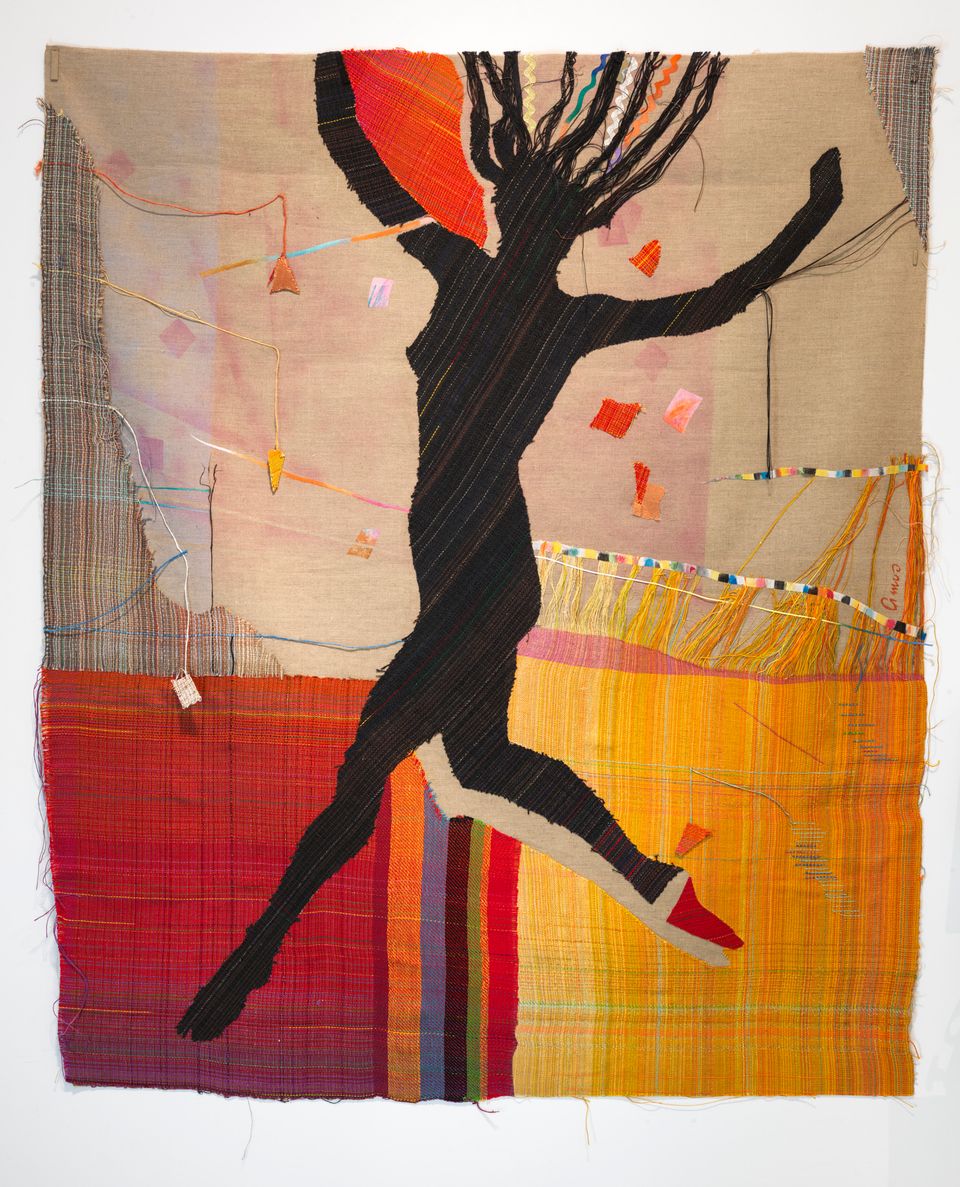Artwork Details
- Title
- Virgen de los Caminos
- Artist
- Date
- 1994
- Location
- Not on view
- Dimensions
- 58 x 36 in. (147.3 x 91.4 cm.)
- Credit Line
- Museum purchase
- Mediums Description
- embroidered and quilted cotton and silk with graphite
- Classifications
- Subjects
- Figure — fragment — skeleton
- Allegory — civic — injustice
- Religion — New Testament — Mary
- Object Number
- 1996.77
Artwork Description
Of course, I'm going to do threads. I'm going to do threads. Every indigenous culture, the women do the thread work. They all do thread work. Why would I want to change now?
-- Consuelo Jimenez Underwood
Consuelo Jimenez Underwood stitches pain, history, and hope into richly nuanced personal narratives about immigration at the US-Mexico border. Her father was an undocumented field-worker in California, and her family regularly crossed the border.
Jimenez Underwood intended to make this quilt for her baby granddaughter. She began by embroidering beautiful flowers and, toward the end of the project, realized the quilt was also meant for all little girls who crossed the border. The central figure in Virgen de los Caminos (Virgin of the Highways) is the Virgin of Guadalupe. Her face is represented as a skull, and she is bordered by flowers and crisscrossed by embroidered barbed wire. In nearly invisible white quilting thread, Underwood has sewn the outline of a running family--father, mother, and little girl--more than two dozen times across the surface. The image comes from huge caution signs that alert motorists to migrant families traveling on foot along the San Diego Freeway leading north from the border. Underwood made the quilt as a memorial to all the little girls who perished trying to cross the freeway to safety.
Videos
An interview with the artist Consuelo Jimenez Underwood.
Consuelo Jimenez Underwood grew up in California, the eleventh of twelve children born to a Chicana mother and a Huichol Indian father. She was the first person in her family to finish high school, and went on to enroll in religious studies and art at San Diego State University. She started as a painter, but became interested in fiber art while in college and soon turned all of her attention to weaving and textile design. Underwood imbues her pieces with powerful messages about her Chicana heritage, creating images that call attention to the dangers that Mexicans face trying to cross the border into the United States in search of a better life.














